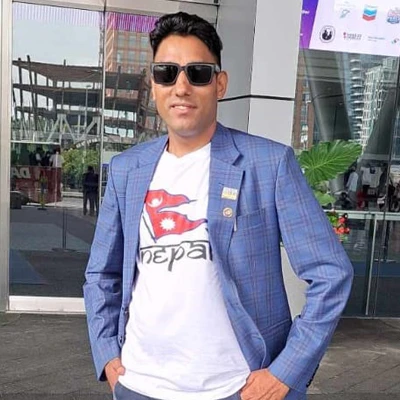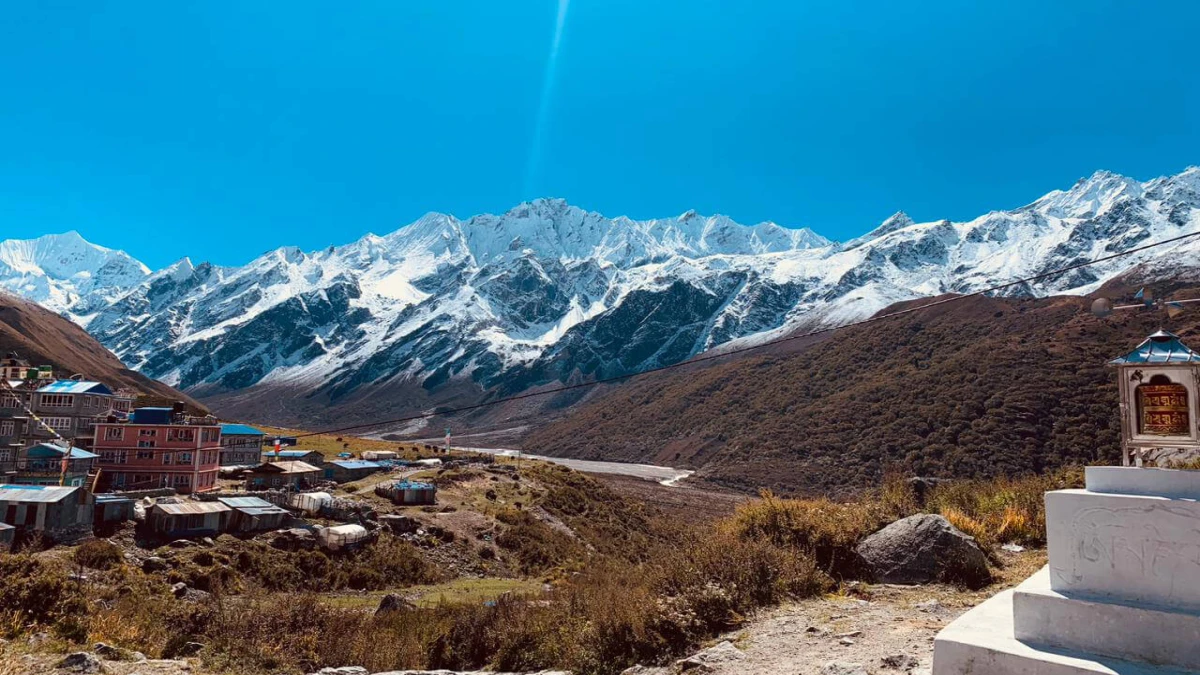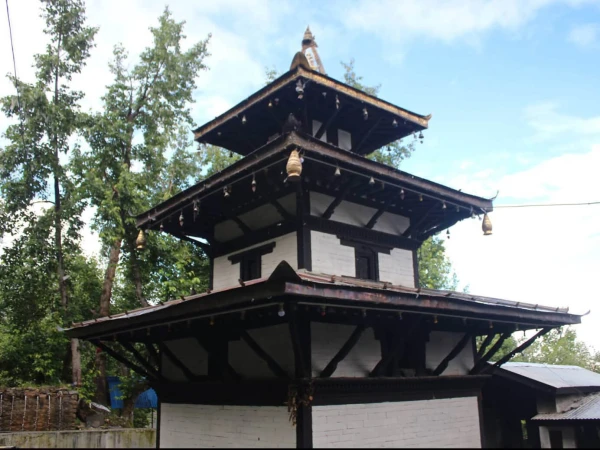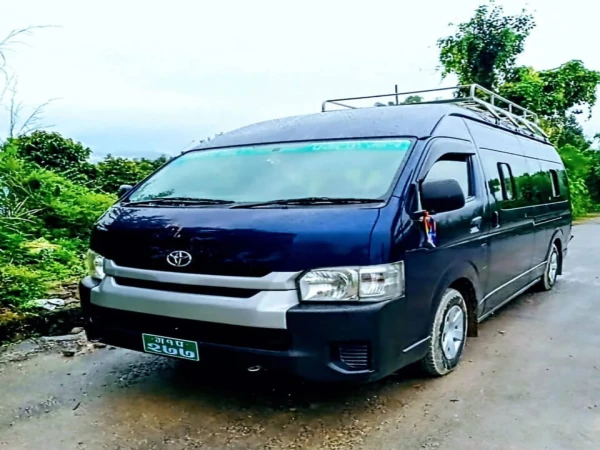Introduction of the Packing List while trekking in Nepal
Trekking in Nepal is on the bucket list of almost all travellers. But trekking here doesn’t mean you plan today and start trekking tomorrow. The weather in Nepal’s Himalayas can change at any time. So, you need a proper packing list wherever you go.
Whether you’re planning a trek in the Everest region, the Annapurna region, the Langtang Valley, or any other short treks in Nepal. A proper packing list saves you up in the mountains. This guide is a complete, all-seasons packing checklist for trekking in Nepal. We have listed every essential item that you need in the Mountains of Nepal. Whether you head to north or west, solo or in a group, and in winter or in summer. Everything you need there is right here in this blog, from gear to toiletries, from most essentials to all the small stuff; we’ve included everything that’s needed. So, pack your bag while reading this blog and free your soul in Nepal’s Himalayan Beauty.
Why Proper Packing List matter while trekking in Nepal?
Good Packing List definitely matters while trekking in Nepal because the mountains don’t matter if you have proper gear or not, the weather can change anytime. One day you’ll be walking under a warm sunlight, while other day it’s freezing cold. There is no store to buy clothes or shopping malls there so you need to pack you bag with everything that you need.
A proper packing list doesn’t mean overpacking. It’s about being prepared that saves you for freezing nights or blistered feet. When you’ve a good packing list, you don’t just carry things, but you carry your comfort, safety and peace of mind. And this is exactly what every trekker needs while trekking in Nepal.
Where to find Trekking Gears in Kathmandu?
You forgot to bring your gear? Or want to buy gear at an affordable price in Kathmandu? Don’t worry. We’re here to help you.
You can find any kind of gear that you need in Kathmandu, especially in the Thamel area. And If you don’t want to spend money on gear, then you can also rent gear around Thamel, which is very affordable. There are two types of stores: One is a branded gear shop, while another is an affordable rental shop. If you’re trekking for a short time and you’re on a limited budget, then you can go to a rental shop. But if you trek around most of the time, then you can buy new gear that you can use for other trekking spots too.
Trekking Essentials
Before worrying about clothes or other fancy gadgets, let’s start with what really matters while trekking in Nepal, i.e., trekking gear. These things make your trek easier and smoother.
- Backpack (50-65L): It should be strong, comfy, and rainproof.
- Daypack (20-30L): It is essential for you to carry your water, snacks, and essentials during shorter hikes.
- Sleeping Bag: It must handle -10°C to -20°C because nights in the Himalayas can freeze, so you need to stay warm.
- Trekking Poles: They save your knees.
- Headlamp: Trails get dark early, so when power cuts, they save you.
- Water Bottle or Hydration Bladder: You need to stay hydrated to avoid AMS.
- Rain Cover: To save your gear from rain.
You need to pack light but don’t miss the basics. These few things decide whether your trek feels like a dream or a struggle.
Clothing for All Seasons
The weather in Nepal is moody. So you need to layer your clothes.
Base Layers
- Moisture-wicking T-shirts (2-3)
- Thermal top and bottom (for cold altitudes)
Middle Layers
- Fleece or light down jacket
- Woolen sweater or warm hoodie
Outer Layers
- Waterproof and windproof jacket
- Trekking pants
- Rain poncho
For Lower Regions or Summer Treks
- Quick-dry shorts and breathable shirts
For Winter or High-Altitude Treks
- Heavy down jacket
- Warm gloves, woolen hat, neck buff, and thermal socks
You need to layer up because it’s easier to remove a jacket than regret not having one.
Footwear
Your feet carry your adventure, so you need to keep them happy.
- Trekking Boots: They should be waterproof, ankle-high, and broken in before your trip.
- Camp Shoes or Sandals: For resting your feet in the evenings.
- Trekking Socks (3-4 pairs): It should be of Wool or synthetic and not cotton.
- Gaiters: For snow, mud, or monsoon trails.
Toiletries & Personal Care
- Toothbrush, toothpaste, biodegradable soap
- Sunscreen (SPF 50+), lip balm
- Wet wipes, tissue, small towel
- Hand sanitizer, deodorant
- Feminine hygiene products
- Nail cutter, comb, hair ties
- Tip: Carry mini sizes because they’re lighter and easier to pack.
Health & Safety Essentials
These are the small things that can save your trek.
- Personal medication
- First aid kit (bandages, antiseptic cream, painkillers, blister patches)
- Diamox (for altitude sickness)
- Water purification tablets or filter
- ORS (rehydration salts)
- Mosquito repellent (for lower regions)
- Small thermometer
Documents & Permits
Your documents and permits will be checked many times, so keep them safe.
- Passport (original + photocopies)
- TIMS Card (Trekkers Information Management System)
- Conservation or National Park Permit
- Travel insurance (must include high-altitude rescue)
- Emergency contact info and some passport photos.
- Keep everything in a waterproof pouch.
Tech & Accessories
Electricity is a luxury up there, so stay prepared.
- Power bank (20,000 mAh+)
- Universal adapter
- Camera or GoPro + extra batteries
- Headphones or mini speaker (optional)
- Trekking map or offline navigation app
- Journal or notebook (Optional)
Food & Extras
The higher you go, the costlier it gets. So pack some ready to eat foods.
- Protein bars and chocolates
- Electrolyte powders or salt packets
- Instant coffee or tea bags
- Reusable cup and spoon
- Thermos bottle for hot water
These small things bring comfort when everything else feels cold.
Optional Stuffs
These are not must-haves, but if you carry them, you’ll secretly thank yourself.
- Lightweight towel
- Sleeping bag liner
- Sunglasses (UV protected)
- Duct tape or safety pins
- Small lock (for lodge doors or duffel bags)
- Trekking journal or postcards
Final Packing Tips
- Pack light because every extra kilo feels heavier in the mountains.
- Layer up instead of carrying heavy clothes.
- Rent gear in Kathmandu if you’re unsure.
- Carry cash because ATMs are not available in remote areas.
Conclusion
Trekking in Nepal isn’t about reaching a mountain and ticking it off your list. It's about the feeling that no one else understands. It’s an achievement and a memory that remains with you forever in your life. The welcoming locals, the stunning views of the Mountains, the enjoyment in tea houses, and every other thing feel magical here.
And the truth is your packing list decides your journey there. If your hands and feet are warm and happy, you’ll be happy too. So, pack light but pack smart. Take what you need, leave what you don’t, and carry the right mindset. So, If you’re ready to experience the feeling of trekking, then start packing, step out, and trek withHimalayan Partner.





